Unit: “Cultural Curators”
Lesson – “Through the Looking Glass”
Developed by: Chris Won
Adaptable use for: High School Social Studies – World History/AK History
Approximate time*: Option A (1 Day + 1.5 hours); Option B (2 hours)
Standard(s) addressed:
Culturally Responsive Curriculum Standard A:
A culturally-responsive curriculum reinforces the integrity of the cultural knowledge that students bring with them.
1. By having students discuss as individuals and as a group, their intentional decisions on how to write a museum description for an object, students will see how their own personal values may shape the style of their writing. (Ex. A student might see a sword and think that it represents strength, whereas another student might see that and associate it with violence)
2. By questioning the validity and truth of the museum description panels, students may go beyond the function/use of an object, and examine the processes that goes into the act of preserving that item.
3. By showing the dichotomy of having a contemporary Western institution display the living culture of indigenous populations may provoke students to think critically about their local culture and how it is being presented to outsiders.
4. By discussing with the group how students choose to see an object and its unique meanings, students may come to respect the differences in opinions and how one’s upbringing may affect one’s perceptions on an artifact and/or its history.
5. By visiting institutions in their respective towns, students may see how their local systems work towards preserving culture and see how these decisions may be affected by politics and culture of the peoples living in their region.
Key concept(s): Cultural preservation, museum politics, cultural appropriation, cultural bias.
Essential Questions:
Unit-wide EQ: What is the appropriate way of preserving culture?
Lesson-specific EQ: What is the significance of museums in our society?
Full PDF Link: ChrisWonLessonPlan
Image Sources:
(Image A – Giinaruaq Mask)
Alaska State Library Archive Museum
||-A-1559, ||-A-1560, ||-A-1564
(Image B – Mask Description)
Alaska State Library Archive Museum
||-A-1559, ||-A-1560, ||-A-1564
( Image C – Confederate Flag) https://upload.wikimedia.org/wikipedia/commons/thumb/9/9a/Confederate_Rebel_Flag.svg/2000px-Confederate_Rebel_Flag.svg.png
(Image D – Police Baton)
https://upload.wikimedia.org/wikipedia/commons/c/cd/21’_ASP_Baton.jpg
(Cover Photo)
https://upload.wikimedia.org/wikipedia/commons/7/77/Vienna_-_Natural_History_Museum_-_6208.jpg
Additional Resources:
“Museums are Terrifyingly Inaccurate”
Link: http://modernnotion.com/museums-are-terrifyingly-inaccurate/
Description: Editorial article on how museums often mislabel their displays.
“Current Biology”
Link: http://www.sciencedirect.com/science/article/pii/S0960982215012282
Description: Oxford University Study publication that the “Museums are terrifyingly inaccurate” article refers to.
“Museum Meanings”
Link: https://www.routledge.com/Museum-Meanings/book-series/SE0349
Description: Series of books that touch upon various subjects on museum politics, such as the affects of colonialism on the artifacts/museums, and museum accessibility issues.
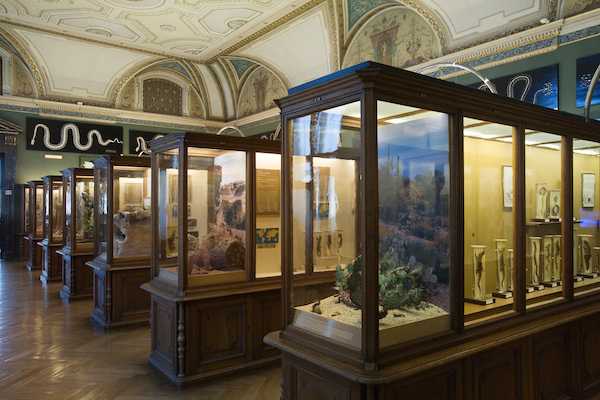
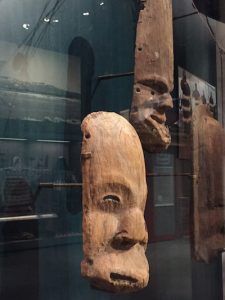
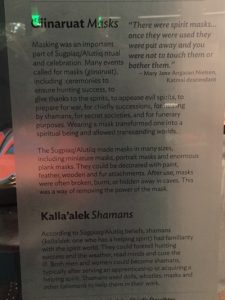
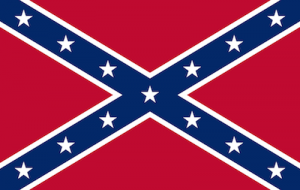
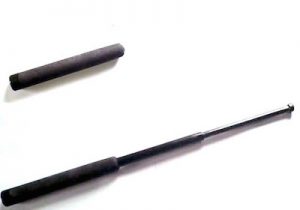
Hey Chris,
I like your use of a museum as an assignment. Some students don’t like looking past the assignment parameters; meaning, when they are done with the assignment their focus wanders. So, I recommend keeping the students on topic.
Your lesson plan was planned out with care,
Thank you.
Mason Shearer
This was a really interesting and cool lesson plan, incorporating the museum only adds that extra level of fun. It will be tough for them to finish their project early and not continue to learn in a museum. I might have to use this in my own classroom when the time comes.
Chris- I really like this critical examination of museums and, in-turn, of colonialism. I could see some really interesting conversations emerging about who owns artifacts and how they were originally collected. Many indigenous tribes throughout the world, and specifically here in Alaska, have fought to have artifacts in museum collections returned to their own communities. Sometimes these artifacts are returned only briefly for ceremonies, other times they are returned forever. The ceremonies and potlatches that are hosted when artifacts are return can be heartbreaking and powerful. This issue gets back to your essential question, “what is the appropriate way of preserving culture?” Should a mask even sit in a museum, or should it still be used ceremonially today?
I think your lesson could be really enhanced by learning from museum staff about how they “curate” an exhibit. Do curators invite Elders into the collection before creating a new exhibit? Who decides what artifacts will be used to tell a story? Who decides what a label says and who’s perspective is shared? What is the responsibility of a museum to try and present history in as balanced of a way as possible? It would also be interesting to speak with a contemporary Alaska Native Artist about how they effectively share their work through museums or galleries.